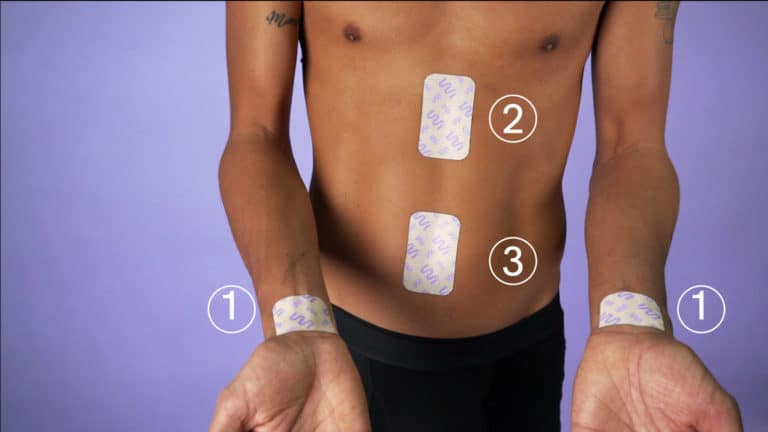
Stomach relief during the holidays
The end of the year is just around the corner, and one festive menu follows another. Foie gras, champagne, snail butter, meats in sauce and chocolate, this year we're celebrating the pleasure of getting together! It's a mouth-watering occasion, but not the only one.
During this period, your stomach is put to the test: heavy meals, acidic, fatty and sweet foods, a variety of beverages, enough to give it a run for its money. It's hard to have healthy digestion at the end of the year.
To avoid unpleasant burning and irritation after a meal, there are natural and effective solutions for enjoying festive menus without regret. Here are a few tips to help you end the year on a high note!





